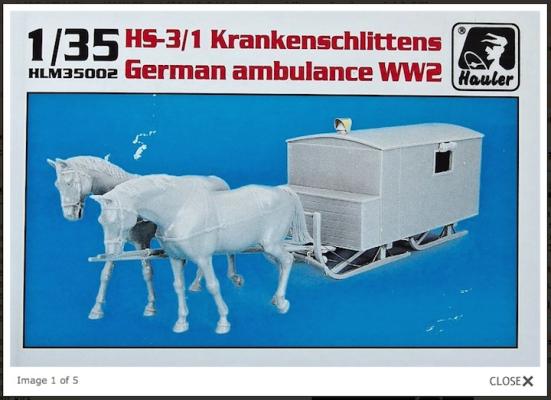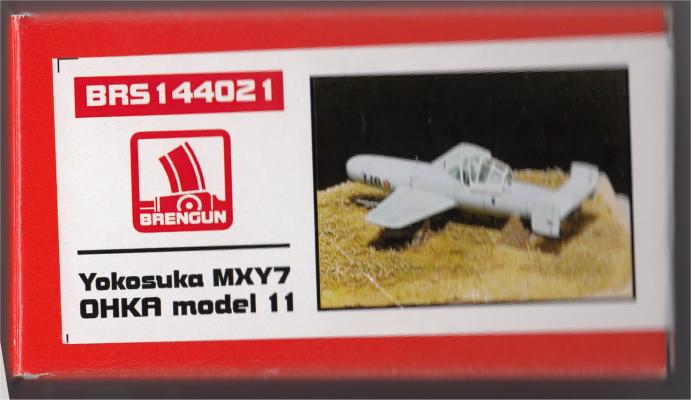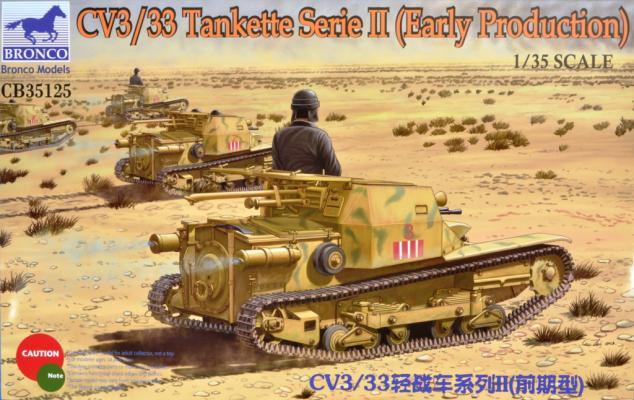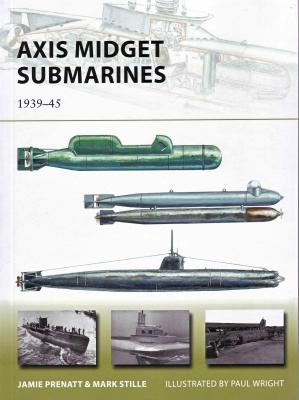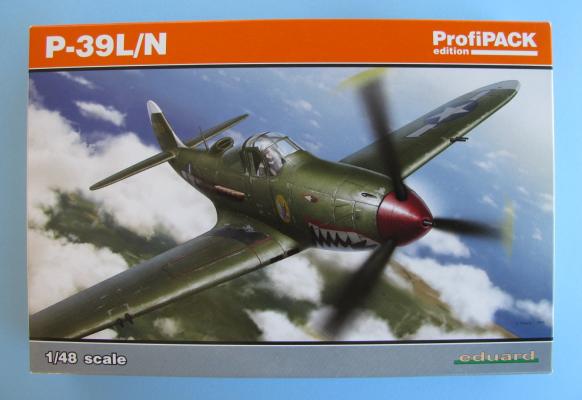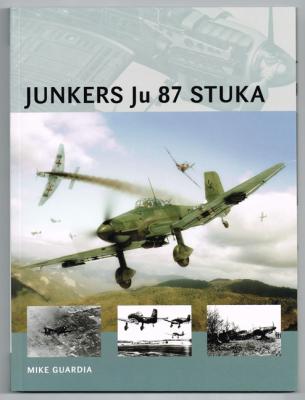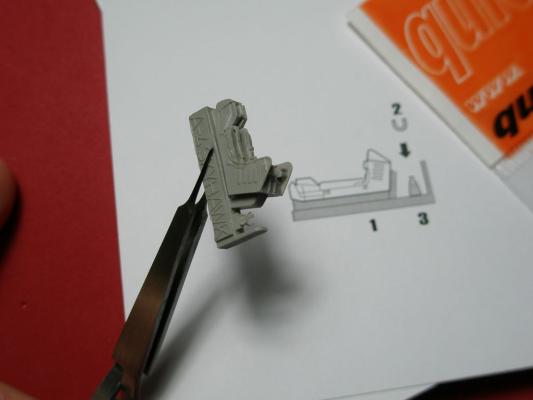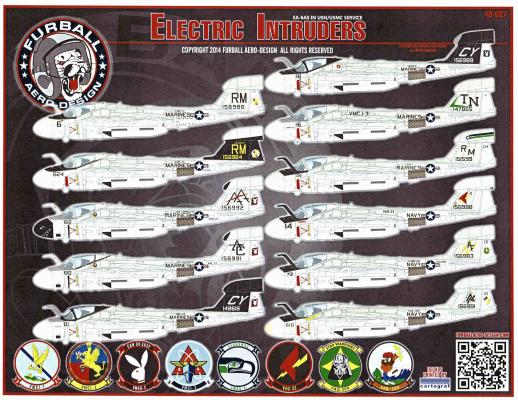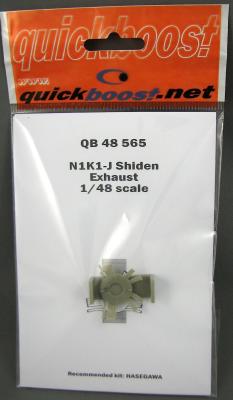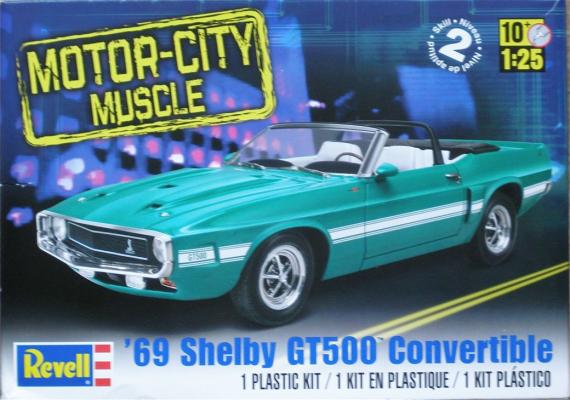The Krankenschlittens was one type of a variety of German Ambulance used during WWII. In this example, Hauler has given us a horse drawn sled type. The ambulance consisted of a shed constructed on a wooden frame with sled runners underneath drawn by a two-horse team.
Hauler has replicated this rare piece with 32 excellent resin parts and a photoetch frame of 40 pieces in 1/35th scale. The resin is perfectly cast with no issues. There are significant casting blocks that need to be removed. To start, I removed all the of the resin pieces from the casting blocks. The smaller pieces were easy. Take your time with the pieces for the shed- it needs to be square and I slightly over sanded which caused a lot of work. The most difficult part to remove is the poles that go out in front. They are remarkably cast but have lots of pour around them. Take your time and they will come out. All the parts were sanded and then washed and we could begin construction.

